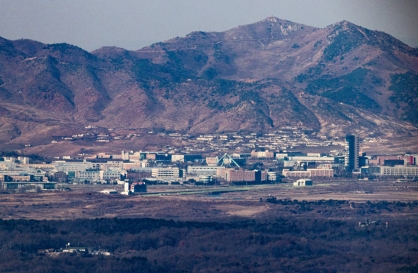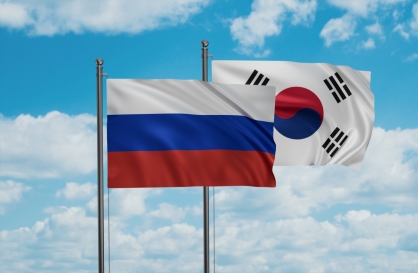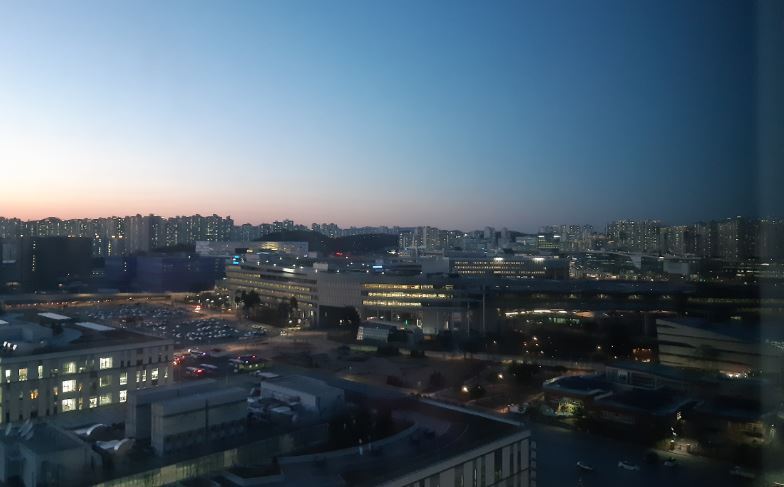 |
Government Complex Sejong in Eojin-dong, in the city’s downtown core, where 12 of Korea’s 18 ministries are clustered, is seen March 11, 2020. (The Korea Herald) |
SEJONG -- Sejong has only about half as many residents as Songpa-gu, one of 25 wards in Seoul. The administrative city’s population posted 343,000 as of February, whereas Songpa had 675,000 people.
Nonetheless, as of 8:01 p.m., Thursday, Sejong had overtaken three of the nation’s provinces -- South Jeolla Province, population 1.86 million, North Jeolla Province, population 1.81 million, Daejeon, population 1.47 million, Gwangju, population 1.45 million and Jeju Province, population 670,000 -- in the number of residents infected with the novel coronavirus.
In particular, Government Complex Sejong in Eojin-dong is emerging as one of several detonators for the regional spread of COVID-19, as a number of civil servants have tested positive.
As of Thursday, civil servants accounted for 22 (or 70.9 percent) of the 31 COVID-19 patients reported in the city, calculated on the basis of resident registration at Sejong City Hall. All 22 resided in the city where they worked. This shows that seven out of every 10 patients were working for the government offices.
What is alarming is that all those cases occurred within less than a week. The first civil servant to test positive, a woman who works for the Ministry of Health and Welfare, was diagnosed Saturday.
On Tuesday, two more infections were confirmed -- one in a man with the Ministry of Oceans and Fisheries and one in a man with the Presidential Archives.
On Wednesday, five cases were reported -- four from the Ministry of Oceans and Fisheries, and one from the Ministry of Education.
On Thursday, 14 more cases were added -- 13 from the Ministry of Oceans and Fisheries and one from the Ministry of Patriots and Veterans.
Before the 22 cases emerged from March 7-12, two other civil servants had tested positive, a man with the Ministry of Personnel Management (confirmed Feb. 28) and a man with the Ministry of Patriots and Veterans (confirmed March 5). But because they lived outside the city, their cases were counted toward the tallies in other regions.
So the de facto tally of COVID-19 cases at Government Complex Sejong stands at 24.
Officials here are bracing for a worst-case scenario in which administrative affairs are paralyzed as the disease spreads throughout the region. The floating population in the complex is up to 20,000 a day, according to security guards.
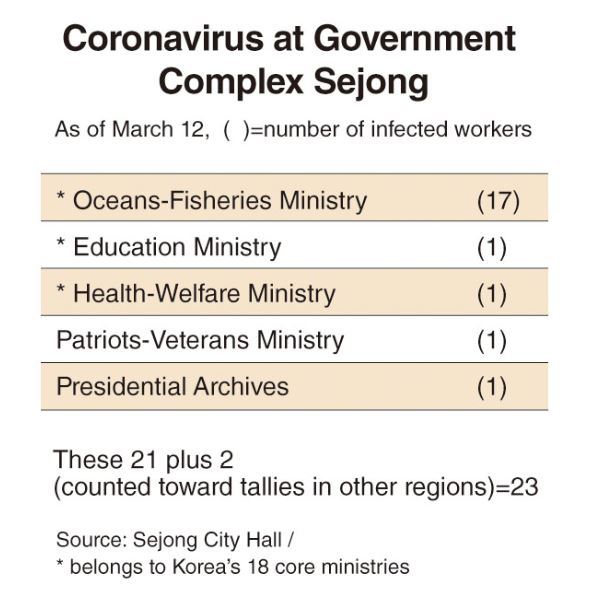 |
(Graphic by Yoon Jeong-soon/The Korea Herald / Tally as of 6:10 p.m., March 12) |
Of South Korea’s 18 ministries, 12 are headquartered in Sejong, including the Ministry of Economy and Finance (four ministries are located in Seoul, one in Gwacheon and one in Daejeon). Other public offices with headquarters in the Government Complex Sejong include the Presidential Archives, the Prime Minister’s Secretariat and the Fair Trade Commission.
Other core state agencies are scattered across the city. The National Tax Service is based in Guksecheong-dong, and the National Fire Agency in Naseong-dong. Along with Eojin-dong, these districts comprise downtown Sejong.
One public servant said he had become more cautious when passing by hallways, visiting the canteen in his building and having meals at the cafeteria in a neighboring building.
A retailer working near the complex said he wore a mask for up to 10 hours every day. “I have no choice but to keep on opening the store because (financial considerations, including rent) don’t allow me to close up shop.”
A woman who works in the service industry in Sejong, who has a baby at home, said the majority of her customers worked at the complex. The retailer said she’d lived in constant fear for her child’s health for more than a month, adding that the nationwide mask shortage was aggravating her worries and so were the breaking news stories on the internet -- providing daily updates about new infections at the government complex.
As countermeasures, some ministries -- including the Ministry of Trade, Industry and Energy -- have prevented the elevators in their buildings from transporting people directly from underground parking lots to the floors where they work. Instead, drivers must undergo body temperature checks at the first-floor entrances.
Many people believe it was an exercise class that brought the virus to Sejong, either from Daegu or from the neighboring city of Cheonan, South Chungcheong Province.
A man in his 40s who works in Sejong but who is not a civil servant said he somewhat shared the view that the Zumba classes were to blame for the spread of the disease -- along with a religious sect known as the Shincheonji Church of Jesus and a crowded call center in Seoul.
“However, fundamentally, President Moon Jae-in needs to make public details in a more frank manner -- as to why he had not issued a full-fledged entry ban on travelers from all of China,” he said.
Even after some Chinese provinces started isolating most Korean travelers for two weeks at designated locations upon arrival, Korea has not taken corresponding action. This stands in contrast to the administration’s precautions for Japan.
By Kim Yon-se (
kys@heraldcorp.com)


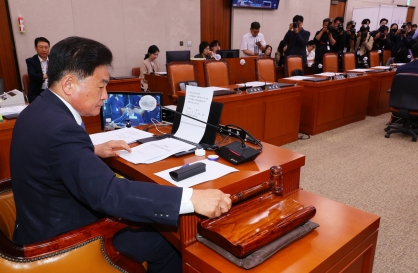
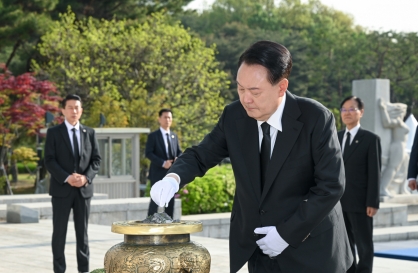
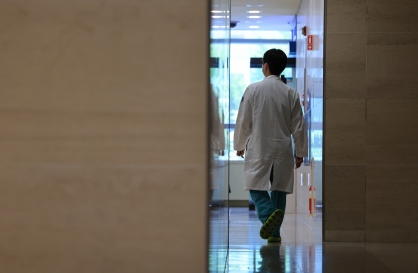
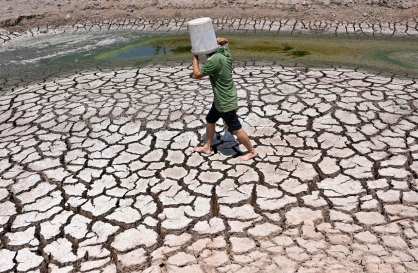
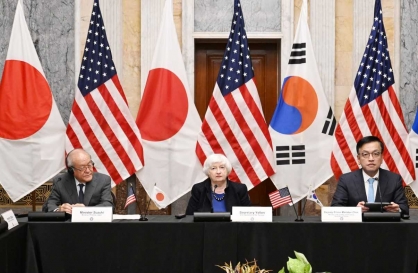
![[KH Explains] Hyundai's full hybrid edge to pay off amid slow transition to pure EVs](http://res.heraldm.com/phpwas/restmb_idxmake.php?idx=644&simg=/content/image/2024/04/18/20240418050645_0.jpg)
